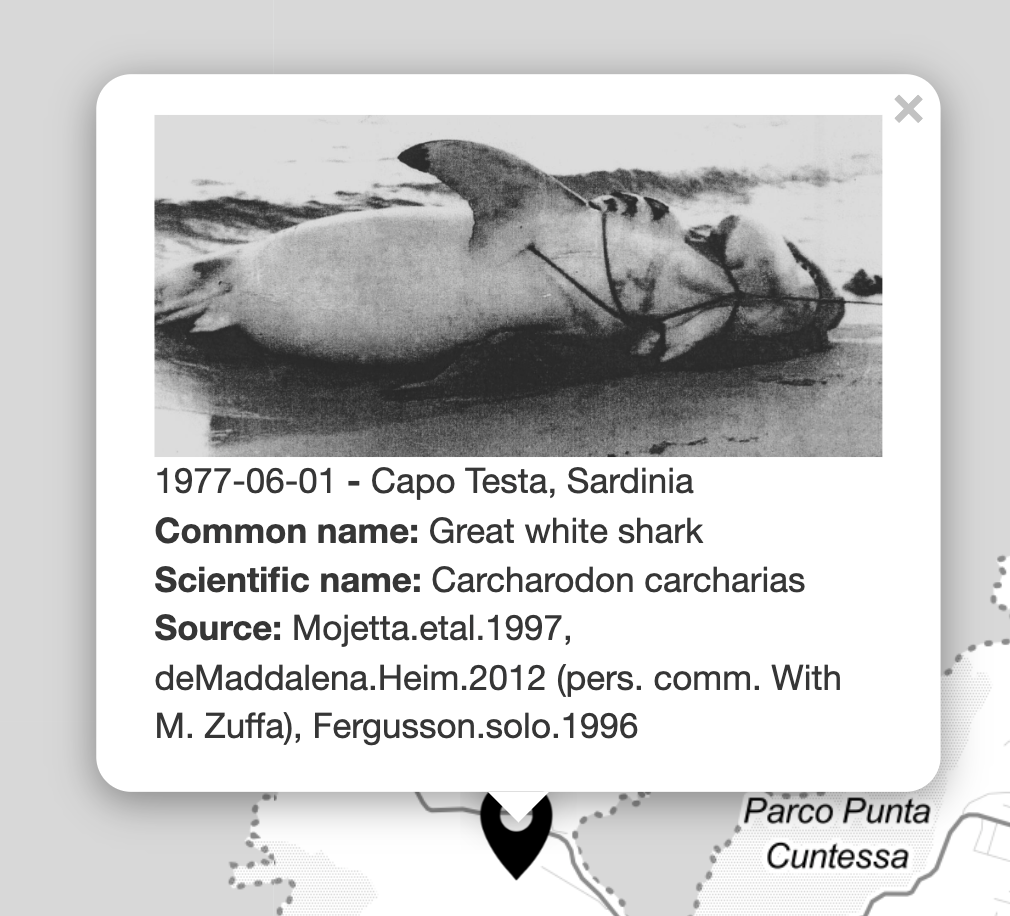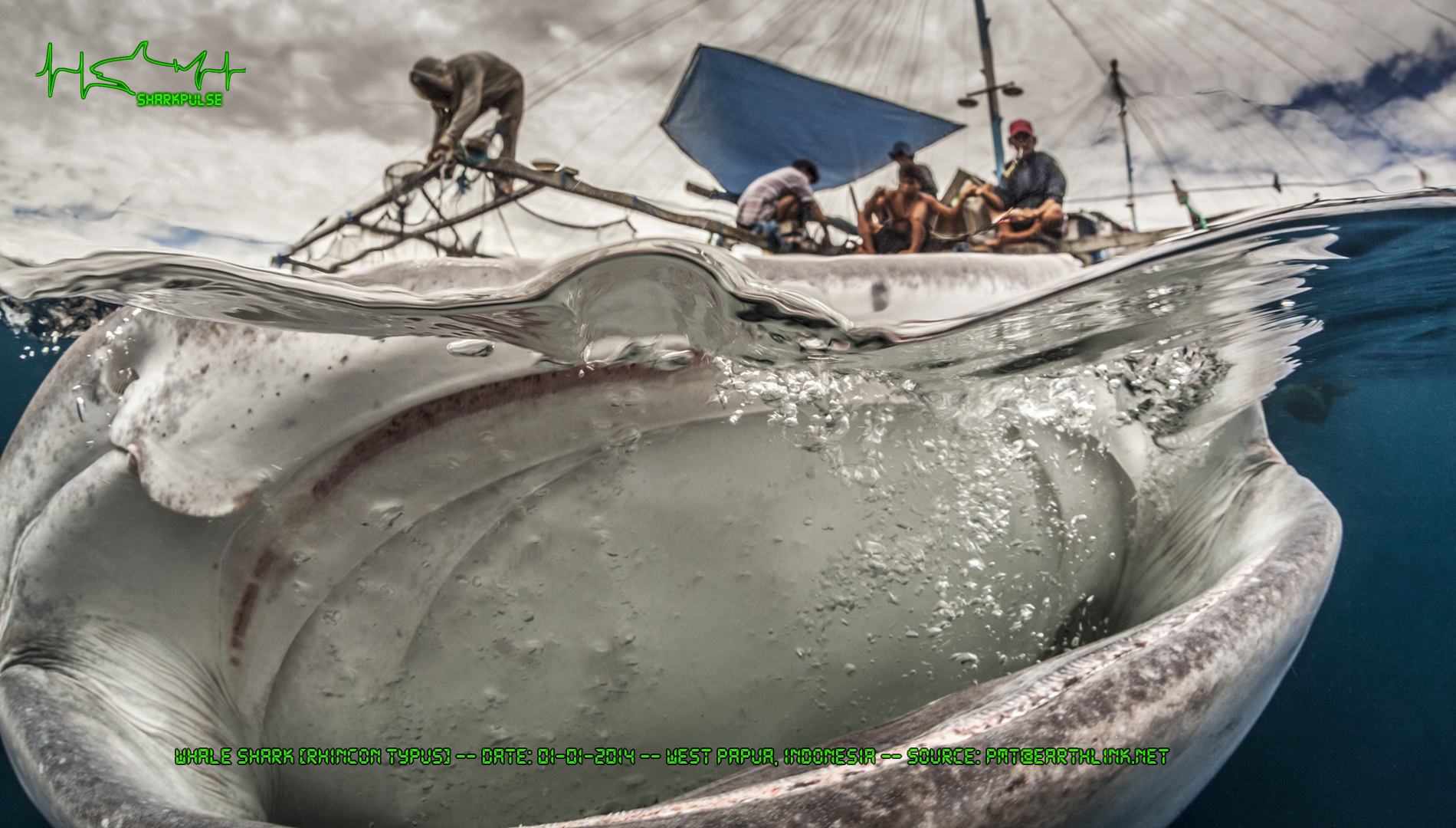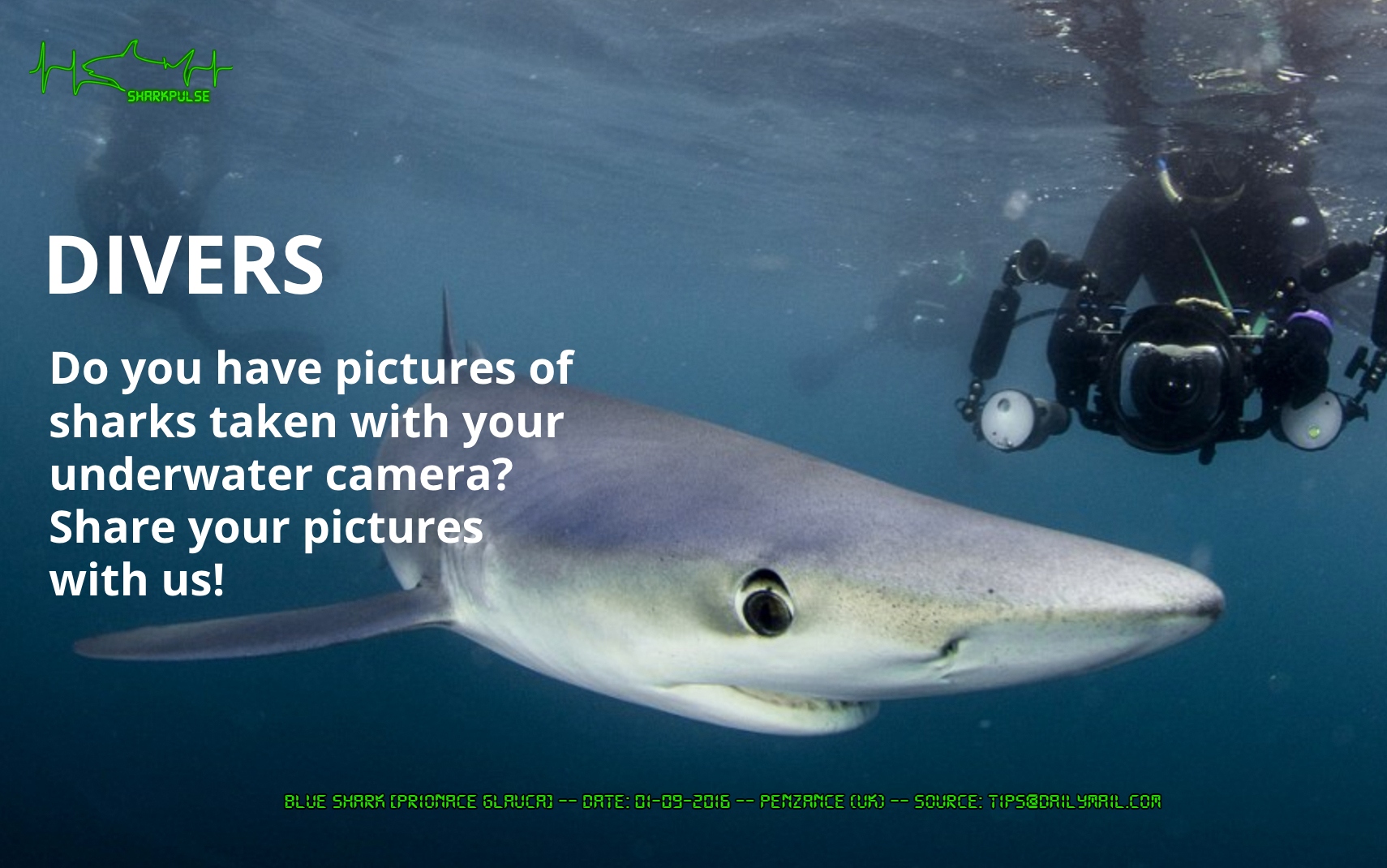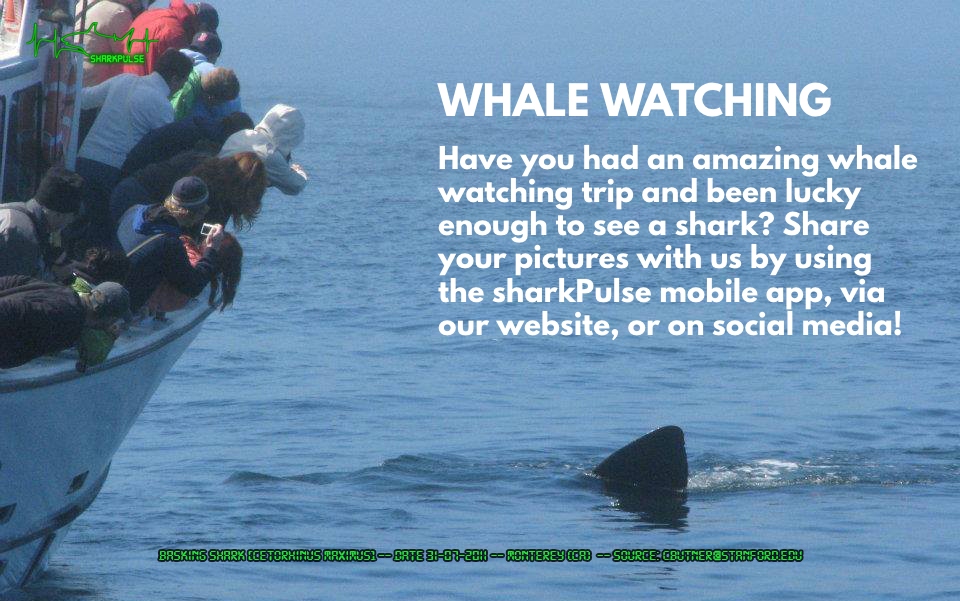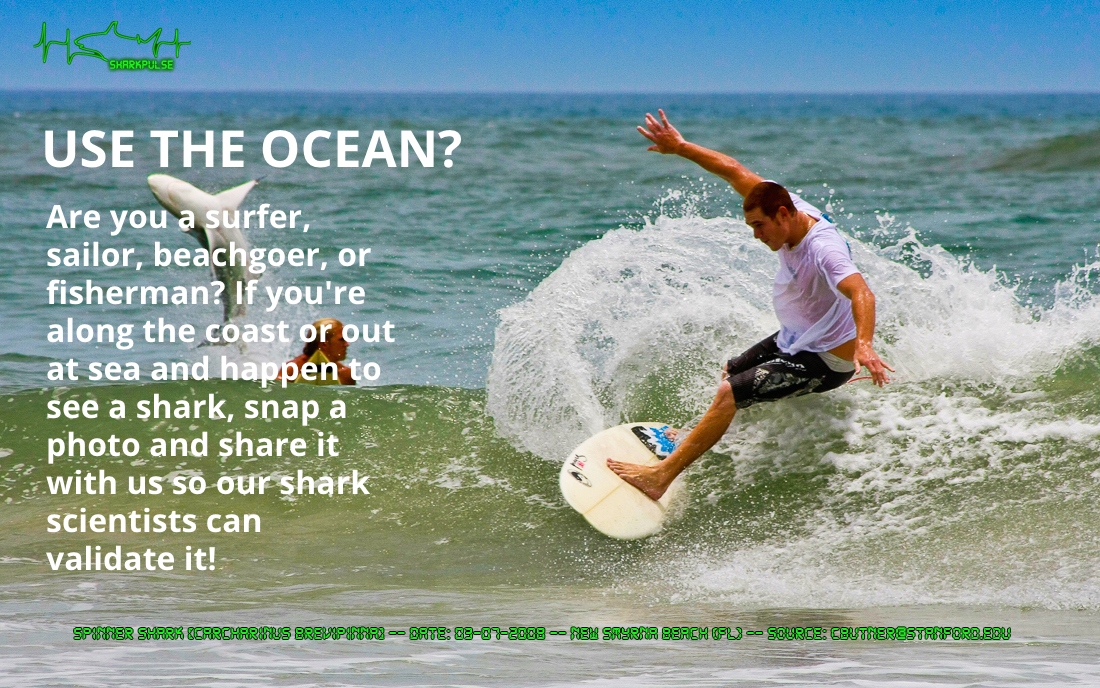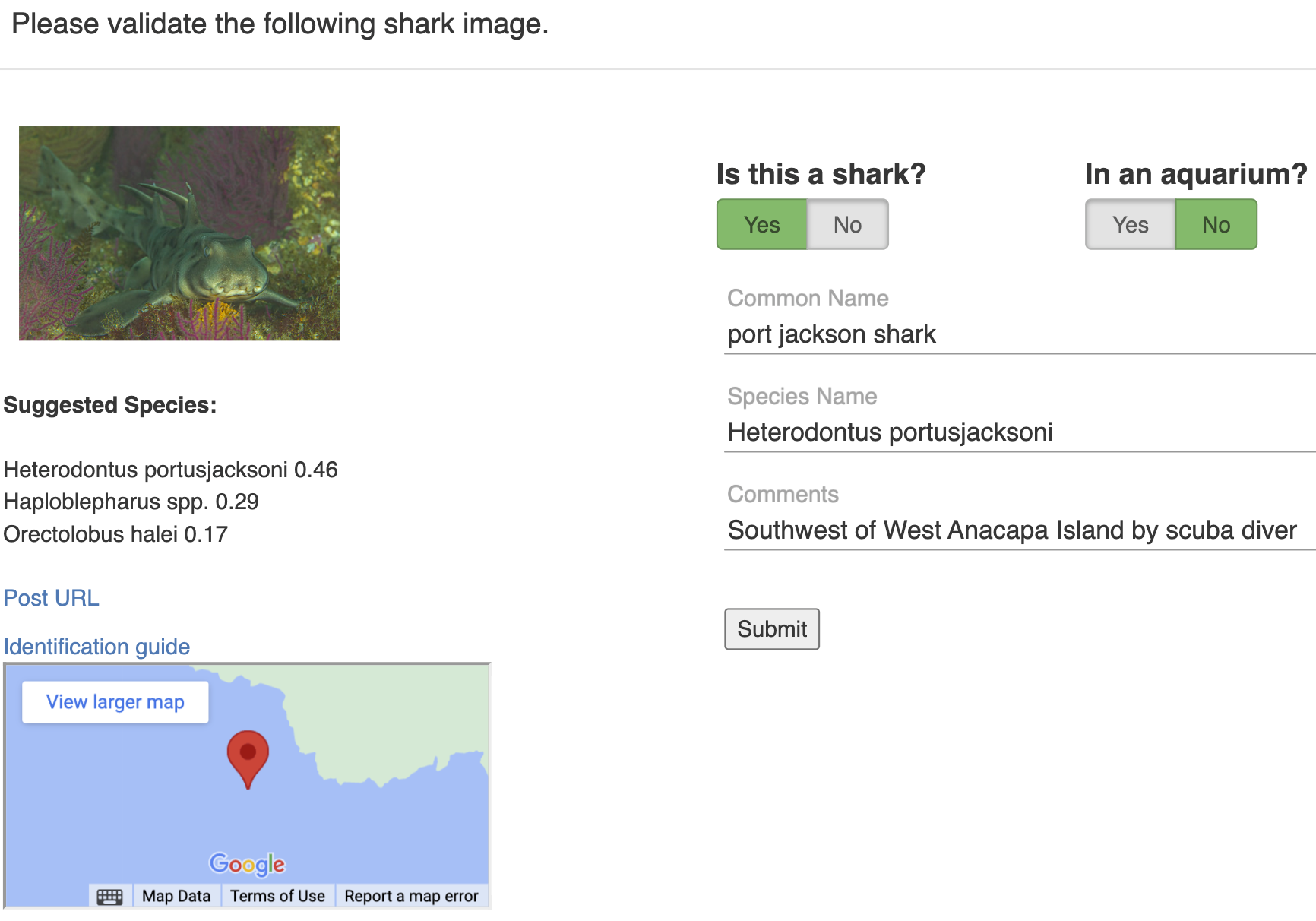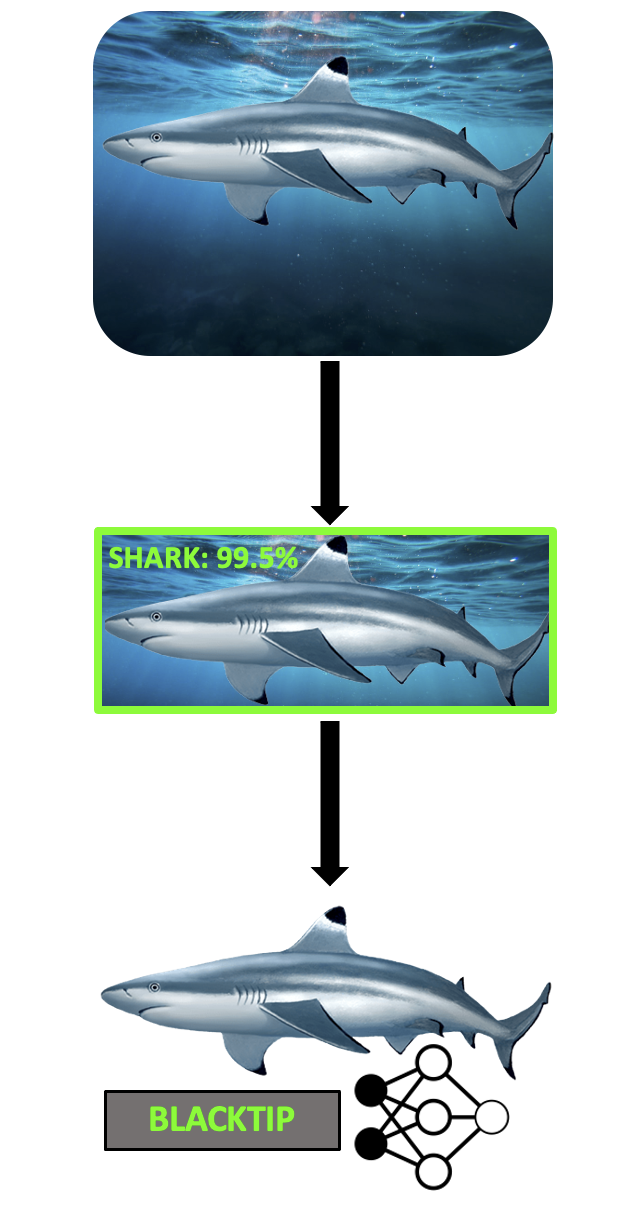Pulse Monitor
SharkPulse thrives by utilizing cutting edge technology to collect historic shark and ray sightings from social networks, user submissions, news and journal outlets, and other online archives. These sightings are stored in our virtual warehouse that is sharkPulse. The Pulse Monitor is an interactive web application designed to visualize this warehouse, and take users through a tour of sharkPulse’s vast collection of Elasmobranch sightings all throughout the world. These sightings have been taxonomically and spatiotemporally validated by experts and citizen scientists!
